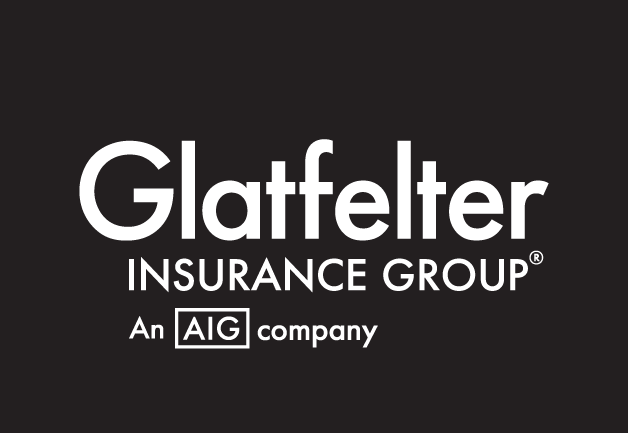Help increase caregiver retention at your organization with these three strategies.
The demand for home healthcare workers is expected to grow by 35% over the next decade, according to the U.S. Bureau of Labor Statistics. While employers and educators work to recruit caregivers into the industry to address the overwhelming need, home health agencies are finding it difficult to retain the employees they do have. Although the industry has reduced its turnover rate from an all-time high of 82% in 2018, at 64%, many organizations still struggle to retain caregivers.
This has led some agencies to get creative with their benefits and compensation packages. One agency based in New York experienced incredible retention growth, 90%, with the opening of a “perks facility.” According to Home Health Care News, Royal Care’s retention program gives caregivers “access to top manicurists, hairstylists, makeup artists, salon specialists and more.”
While Royal Care has found incredible success with these perks, few organizations can afford such an investment. However, there are other strategies home healthcare organizations can implement to effectively reduce caregiver turnover. While tactics may vary based on your agency’s resources, these three strategies can be adjusted to fit its unique circumstances.
1. Match patients with the right caregiver
“Client relationship” ranks among the top 3 reasons why caregivers leave their organization, according to myCNAjobs.com. While a caregiver may be qualified to work with a patient, personality, commute factors and hours can affect whether or not they are able to build a positive and productive relationship with a client.
To help make the right match between caregiver and client, consider adding personality questionnaires to your hiring process. During the interview and on a regular basis afterwards, ask caregivers their preference when it comes to the types of clients they’d like to visit.
Whenever possible, try to factor in commute times when matching clients to caregivers and creating schedules. A shorter commute could make a big difference, especially for caregivers who already work long hours.
Finding the right match in terms of workload is also important. About a year ago, we received feedback from a few caregivers about our blog discussing the effect burnout has on retention rates. Their comments revealed that patient ratios were another factor in their decision to remain or leave an agency. Having a maximum patient ration that allows adequate downtime to recover between shifts is just as important as matching caregivers to patients based on location, personality and skillset.
2. Make caregivers feel valued
Despite the stress and emotional toll their jobs entail, caregivers work to provide patients with the best care. Unfortunately, many feel their incredible work goes unrecognized, leading caregivers to seek employment at organizations where they feel more valued.
There are countless ways to recognize caregivers for their work, but according to Home Care Pulse, caregivers want verbal recognition from supervisors the most. Make it a point to personally recognize outstanding employees in your organization on a regular basis.
Even with consistent verbal recognition, caregivers may leave the industry all-together for better pay. The median wage for home health workers is only $12.15/hour, placing 18% of caregivers below the national poverty line. As more companies like Target and Amazon offer a minimum wage of $15/hour, some home care agencies are losing caregivers to jobs in retail and logistics. Evaluating your current pay scale can help you to attract and retain workers. According to myCNAjobs.com, most caregivers feel $17/hour is fair compensation
Pro-Tip: If your agency cannot afford an increase in pay across the board, consider implementing retention bonuses. According to Home Health Care News, 6 and 15 months are key milestones in retaining new caregivers, so consider giving bonuses to caregivers who remain with your agency after hitting these benchmarks.
3. Help caregivers succeed
Onboarding is crucial to retaining caregivers, but continued training is just as important. Investing in your caregivers’ development empowers them and allows them to envision a future with your organization. It also allows them to provide care for a wider range of patients and can help reduce your agency’s exposure to risk.
Home Care Pulse recommends providing monthly paid trainings that are available on several days and times to allow caregivers to attend when it’s convenient for them. Tuition assistance programs are another option that allows caregivers to advance in their skills and careers.
Along with training, recognizing the need for an adequate work/life balance can also help caregivers succeed on the job. As we’ve recently written, downtime and sleep can directly affect a caregiver’s ability to provide adequate care to their patients. Allowing flexible schedules and creating policies that help curb the likelihood of over-exertion (i.e. prohibiting back-to-back shifts or requiring a set number of hours between shifts) can help reset the work/life balance to a more stable equilibrium.
The average cost to replace a caregiver can range between $2,600 and $4,200. Combined with the industry’s high turnover rate, this can lead to devastating financial losses for home care organizations. Help curb your agency’s financial risk, provide better care for patients and increase your retention rates by investing in your caregivers.
Have you successfully reduced your caregiver turnover? If so, let us know how in the comments below.
Mary Carder, Integrated Marketing Specialist
DISCLAIMER
The information contained in this blog post is intended for educational purposes only and is not intended to replace expert advice in connection with the topics presented. Glatfelter specifically disclaims any liability for any act or omission by any person or entity in connection with the preparation, use or implementation of plans, principles, concepts or information contained in this publication.
Glatfelter does not make any representation or warranty, expressed or implied, with respect to the results obtained by the use, adherence or implementation of the material contained in this publication. The implementation of the plans, principles, concepts or materials contained in this publication is not a guarantee that you will achieve a certain desired result. It is strongly recommended that you consult with a professional advisor, architect or other expert prior to the implementation of plans, principles, concepts or materials contained in this publication.
This blog post may contain the content of third parties and links to third party websites. Third party content and websites are owned and operated by an independent party over which Glatfelter has no control. Glatfelter makes no representation, warranty, or guarantee as to the accuracy, completeness, timeliness or reliability of any third party content. References to third party services, processes, products, or other information does not constitute or imply any endorsement, sponsorship or recommendation by Glatfelter, unless expressly stated otherwise.
Related posts
The challenges that caregivers face are not easy. We compiled some quick tips for managing family interactions in hospice and palliative care settings.
In summer 2024, weather will be unpredictable, but these are the weather events you can expect, depending on location.
There's so much to learn about nursing, but here's 10 fascinating facts as we celebrate National Nurses week.










Submit a Comment